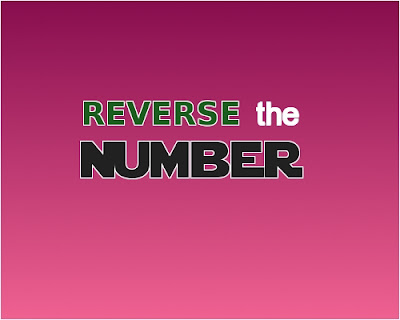Best C++ Programming Language Books For Beginners
The best way of starting to learn a programming language is by reading a book.So if you are still a beginner in learning the C++ programming language, here's a list of the best C++ books you can get started reading.
1. C++: The Ultimate Guide To Learn C Language
This C++ book by Peter Hoffman which is aimed for beginners. The book has 66 pages which is indeed a short book which a beginner can go through within one day.
This book teaches the basic of the C++ language. Through this book, you will learn how to make your first program in less than 10 minutes. It also teaches about variables, operators, loops, conditions and pointers. This is a good starting point for a true beginner.
2. Learn C++ In A Day
This book is a crash course for learning the basics of C++ programming language.
What this books is offering to beginners includes the uses of C++ language and the basics features of the language. The lessons will include on program structure, comments, functions, variables, data types, operators, advance data types, loops, conditional statements, arrays, pointers and object oriented concepts in C++ like inheritance.
This book has a total of 136 pages for its paperback version.
3. C++: The Ultimate Beginner's Guide
This book has 84 pages which offers almost the similar basic lessons about the C++ language.
Through this book, you will learn the basic syntax of C++ language and its basic features. There are lessons about data types, variables, operators, loops, conditional statements and functions.
This is a short book and it offers you a clear overview of what C++ language is and the opportunity of learning more.
What's good in reading a short book is the feeling of fulfillment once you read the whole book. It's one good milestone towards learning.
This books are from Amazon and one good thing is that there are reviews of customer who already bought any of these books. You can check out their reviews and see if you can also benefit based on your current learning needs.
Hope that this will be helpful to you in your journey towards learning C++ programming language.
Keep on reading C++ books because that will truly help you.










